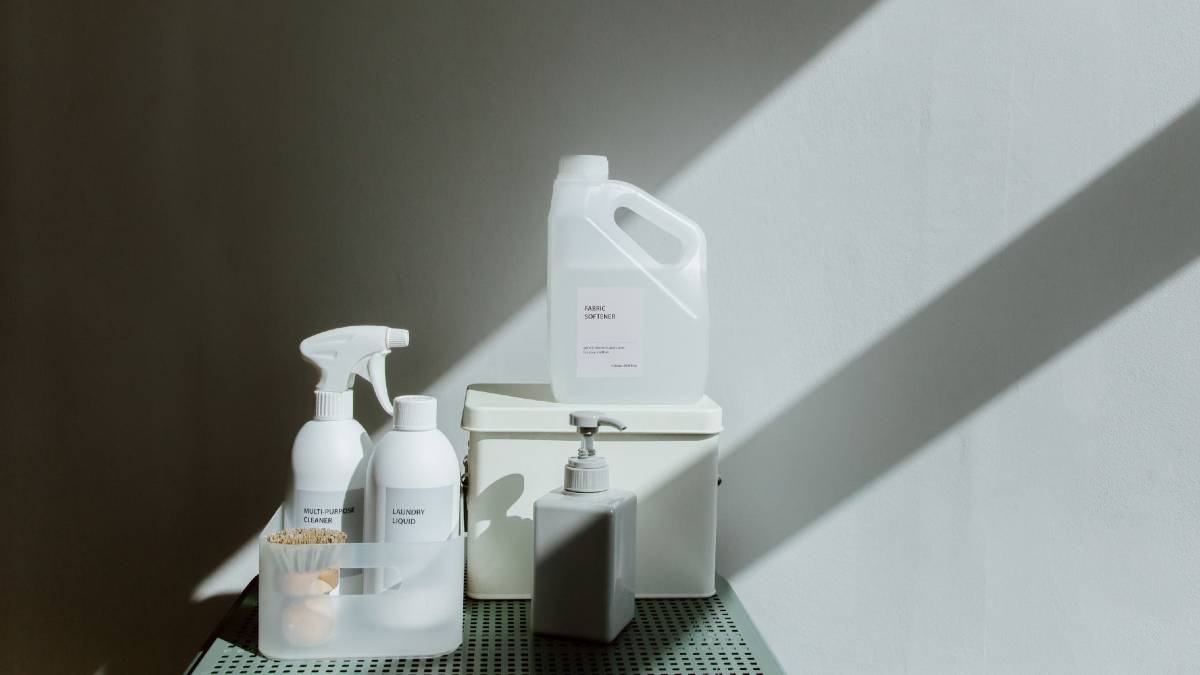CleanTec Industry News
Does rotating disinfectants help against microbial resistance?
Expired
Latin America. Although the food industry currently has multiple tools to ensure proper product safety and quality, foodborne disease outbreaks still continue to appear globally, leading to high healthcare costs, product recalls and loss of consumer confidence in brands. The company Proquimia is analyzing this situation.
When this happens, it is essential to carry out a detailed review of the Quality and Food Safety System and the protocols applied throughout the supply chain, to solve the possible deficiencies that may have led to the persistence of unwanted microorganisms.
The correct definition and implementation of a Cleaning and Disinfection (L&D) plan for the facilities, equipment and utensils used for food processing is one of the most effective tools to guarantee food safety, maximum consumer protection against the risks of food poisoning and, at the same time, Ensure maximum shelf life of food.
As part of the L&D plan, the disinfection phase of food contact surfaces is one of the most important points to minimize the risks of contamination, and thus ensure that processed foods do not contain microorganisms that cause possible toxiinfections.
What can be the reason for the ineffectiveness of a disinfection process?
There are several reasons why a disinfection process may be ineffective:
Inadequate cleaning phase: lack of standardized protocols, presence of organic matter that can interact with the disinfectant reducing its effectiveness, etc.
Incorrect hygienic design of the equipment: inaccessible areas, presence of cracks larger than disinfectant droplets preventing it from coming into contact with microorganisms, etc.
Poor application of the disinfectant: inadequate selection of the disinfectant product, incorrect adherence to the manufacturer's instructions (concentration, temperature and contact time), incorrect application (not covering all surfaces), etc.
Presence of biofilms: biofilms protect microorganisms from the disinfectant solution, preventing them from acting.
If any of the above reasons are not corrected, we may incorrectly assume that microorganisms are developing resistance to the disinfectant products used.
What is microbial resistance?
Microbial resistance is the property of a microorganism to survive in conditions that were previously lethal to it. Some of these conditions include temperatures, pH, water availability, and chemical exposure.
Depending on its origin, there are two types of microbial resistance that microorganisms can present: intrinsic and acquired.
Intrinsic microbial resistance
It is the one that microorganisms possess by themselves, that is, due to their cellular characteristics. It is a resistance related to the general physiology of the microorganism and lies in its own characteristics:
Acquired microbial resistance
It is that resistance that microorganisms develop and that initially did not possess it intrinsically. This can happen in two ways:
Thus, establishing disinfectant rotation programs in the food industry based on the extrapolation of microbial resistance to medical antibiotics cannot be considered scientifically sound.
Should I rotate disinfectants?
As we have explained, it will not be necessary to apply rotation of disinfectant products (based on different biocidal active ingredients) for fear of the development of microbial resistance of microorganisms.
However, there are other reasons to apply disinfectant rotation, due to the additional benefits that the use of different disinfectant products and biocide actives can bring us. For example:
In a facility where daily disinfection is carried out with an oxidizing biocide product (based on chlorine, peracetic acid, etc.), applying a disinfectant based on quaternary ammonium or trialchylamine during the weekend will provide residual effectiveness against microorganisms.
Periodically using an acidic disinfectant will provide us with additional benefits, helping to break down mineral deposits and also biofilms.
If it is necessary to carry out a specific treatment against a microorganism (Listeria, Salmonella, Norovirus...), it will be safe to temporarily change to a disinfectant with proven effectiveness against the specific microorganism.
A disinfectant rotation can also prove advantageous in cases where the microflora of a food processing line has changed due to production conditions.
Conclusions
There are no solid scientific studies that show that the regular use of surface disinfectants used in the food industry can lead to the development of a population of resistant microorganisms.
When problems with the persistence of microorganisms appear on surfaces after applying the Cleaning and Disinfection protocols, it is most likely that an error has occurred in the design or application of the protocols: faulty prior cleaning, inadequate selection of the disinfectant product, error in its dosage or in the way it is applied, etc.
Therefore, it is necessary that all Cleaning and Disinfection plans emphasise the need for good prior cleaning and that all the disinfectants present in this plan have been selected with good technical criteria. In addition, at an operational level, it is essential that the personnel applying the disinfectant product know and comply with the instructions provided by the manufacturer of the disinfectants.
Analysis published by the company Proquimia.



